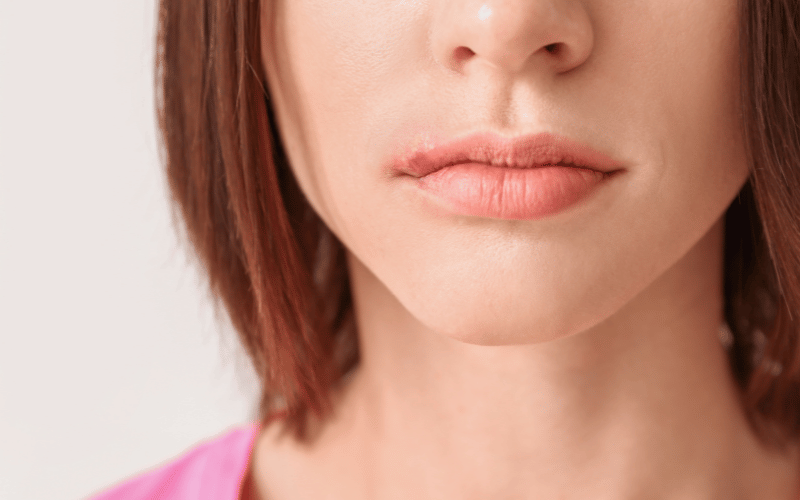2. The Swelling Phase: Prelude to the Blister

Following the tingling, the affected area often begins to swell. The lip might puff up slightly, and the skin can turn red. At this juncture, the herpes simplex virus is multiplying rapidly, causing localized inflammation and irritation.
This swelling isn’t just a cosmetic issue. It’s an indicator of the body’s immune response gearing up. White blood cells rush to the site, aiming to combat the invading virus, which in turn leads to noticeable swelling.
But what’s happening beneath the surface? The cells infected by the virus begin to swell, known as cellular edema. This process is a precursor to the blister phase, as the accumulated fluid starts pushing against the skin.
Some people might feel a burning or stinging sensation during this phase. It’s an amalgamation of the virus’s activity and the body’s defense mechanisms clashing. The battleground is set, and the visible signs of the cold sore are about to emerge.
One might wonder, can this stage be halted? While the viral replication is already underway, certain interventions might slow down the progression, buying some time before the blister’s appearance. (2)